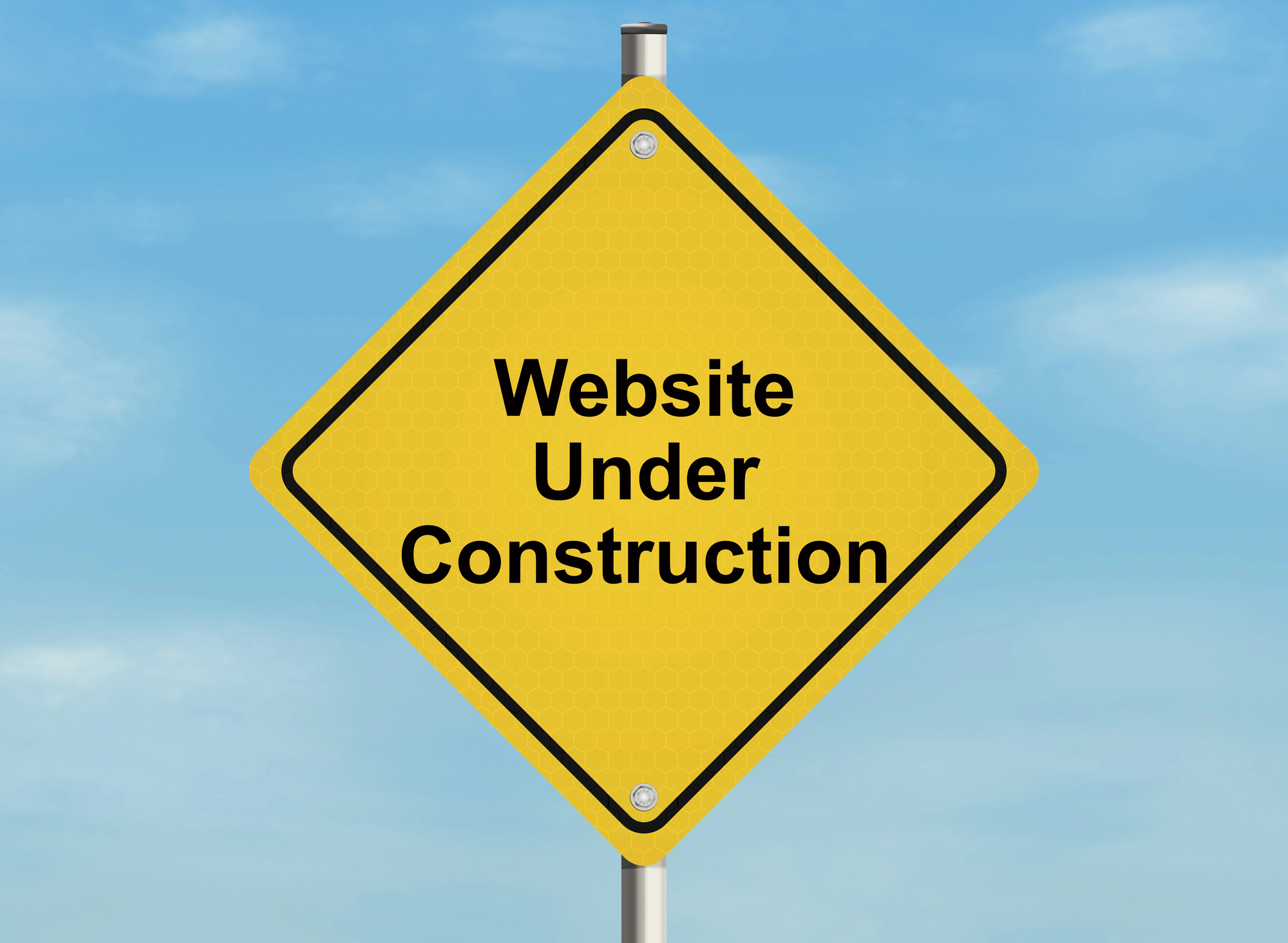Ultimate Website Redesign Checklist: What to Prep for Success
A website redesign is a significant undertaking that can greatly impact your online presence and user experience. However, it can feel overwhelming to know where to start.
To ensure a successful website makeover, it helps to follow a comprehensive checklist covering key aspects such as user experience improvements, visual enhancements, SEO optimization, and performance upgrades.
Here's a guide to help you navigate through the essential steps of a website redesign.
1. Define Goals and Objectives
Identify the primary goals of your website redesign, whether it's improving user engagement, increasing conversions, enhancing brand identity, or boosting SEO rankings.
Conduct a thorough assessment of your current website's strengths, weaknesses, and areas for improvement.
2. Understand Your Target Audience
Analyze user behavior, demographics, and preferences to gain insights into your target audience's needs and expectations.
Tailor the website redesign to align with the interests and behaviors of your target audience.
3. Conduct Competitive Analysis
Evaluate competitors' websites to identify industry trends, best practices, and areas where your website can differentiate and excel.
Incorporate unique selling points and value propositions into the redesign to stand out from competitors.
4. Plan Information Architecture and Navigation
Create a clear and intuitive navigation structure that enables users to find information quickly and easily.
Organize content logically, use descriptive labels for menus and links, and implement breadcrumb navigation for enhanced user experience.
5. Focus on Visual Design and Branding
Develop a visually appealing design that reflects your brand identity, values, and aesthetics.
Use consistent color schemes, typography, imagery, and visual elements throughout the website for a cohesive and memorable user experience.
6. Optimize for SEO
Conduct keyword research to identify relevant keywords and phrases for on-page optimization.
Optimize meta titles, descriptions, headings, and image alt tags with targeted keywords to improve search engine visibility.
7. Enhance Mobile Responsiveness
Ensure that the website is fully responsive and mobile-friendly to provide a seamless experience across devices and screen sizes.
Test responsiveness on various devices and browsers to address any compatibility issues.
8. Improve Page Loading Speed
Optimize images, scripts, and CSS files to reduce page load times and improve overall performance.
Use caching, content delivery networks (CDNs), and compression techniques to enhance website speed.
9. Implement User-Friendly Forms and Calls to Action (CTAs)
Design user-friendly forms with clear labels, validation messages, and intuitive layouts to encourage conversions.
Place strategic CTAs throughout the website to guide users toward desired actions such as signing up, making a purchase, or contacting you.
10. Test and Iterate
Conduct usability testing, A/B testing, and user feedback sessions to gather insights and identify areas for improvement.
Continuously monitor website performance, analytics data, and user behavior to make data-driven decisions and iterate on the redesign as needed.











